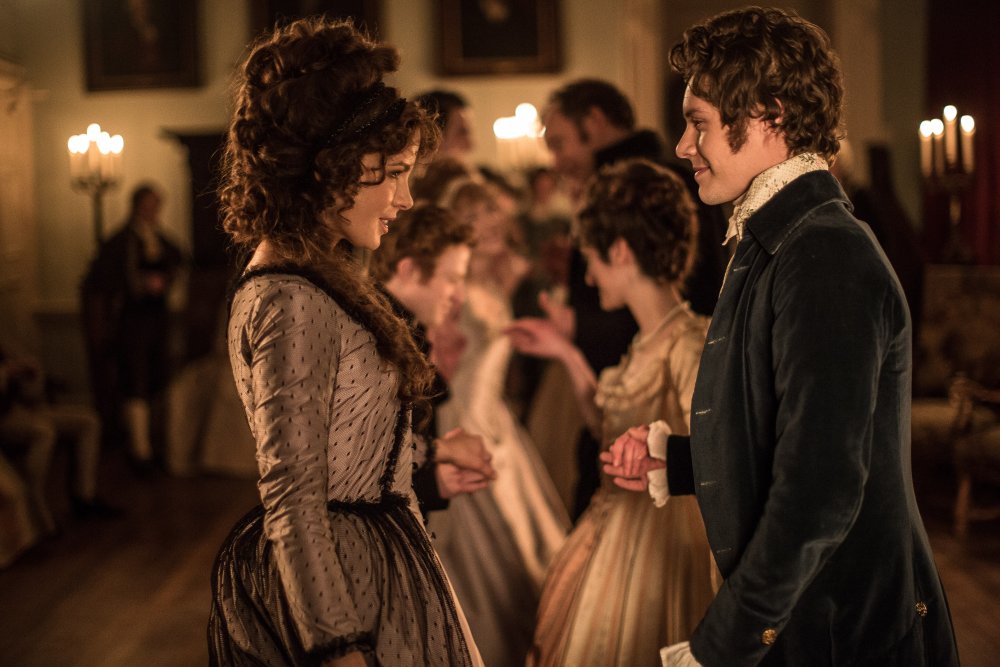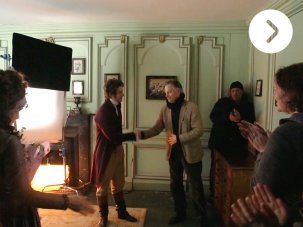“You mean she’s dumped Ted and gone back to Ramone because of some conversation?” asks an irritable Fred of Marta, his date, in Whit Stillman’s Barcelona (1994). The naval officer’s appalled tone, his looking aghast, makes us laugh, because Barcelona is all conversation; one followed by another, followed by another, like a row of ants. It’s not by chance that one of the nightclubs frequented by Fred and Marta is called ‘Vis-à-Vis’.
Ireland/France/The Netherlands/USA/United Kingdom 2016
Certificate U 93m 26s
Director Whit Stillman
Cast
Lady Susan Vernon Martin Kate Beckinsale
Reginald Decourcy Xavier Samuel
Frederica Vernon Morfydd Clark
Catherine Decourcy Vernon Emma Greenwell
Sir James Martin Tom Bennett
Sir Reginald Decourcy James Fleet
Lady Decourcy Jemma Redgrave
Charles Vernon Justin Edwards
Mr Johnson Stephen Fry
Alicia Johnson (an American) Chloë Sevigny
Lady Lucy Manwaring Jenn Murray
In Colour
UK release date 27 May 2016
Distributor Curzon Film World
loveandfriendshipfilm.co.uk
► Trailer
As in Barcelona, so in Stillman’s other films: talking – in rooms, in bars, inside cars, on the dance floor – precipitates incident; dialogue has consequences. Among other qualities, it’s this that makes Stillman so eligible a proxy for Jane Austen. Love & Friendship, his fifth film, adapts Austen’s Lady Susan – a lesser-known epistolary novella – converting many of the letters that pass between the title character and her confidante Alicia into tête-à-têtes.
Stillman returns periodically to these frank exchanges (conducted in secret – Alicia is forbidden by her husband to meet with the dissolute widow), imparting structure to a film that is otherwise as peripatetic as its heroine, who has nowhere to hang her ostentatious, ostrich-feathered hats. As she reminds her teenaged daughter, “We don’t live, we visit.”
The film’s focus is Lady Susan’s scheming, the precise aims of which are withheld from the viewer, albeit we know what she covets: a steady flow of money and a man to slake her lust. Stillman fills his film with holes; doors close on consequential conversations, leaving the viewer shifting from foot to foot in the hall. Lady Susan’s subjective filling in the blanks for her best friend introduces an element of tension that keeps us interested to the end: does she exaggerate her upper hand; will she be undone?
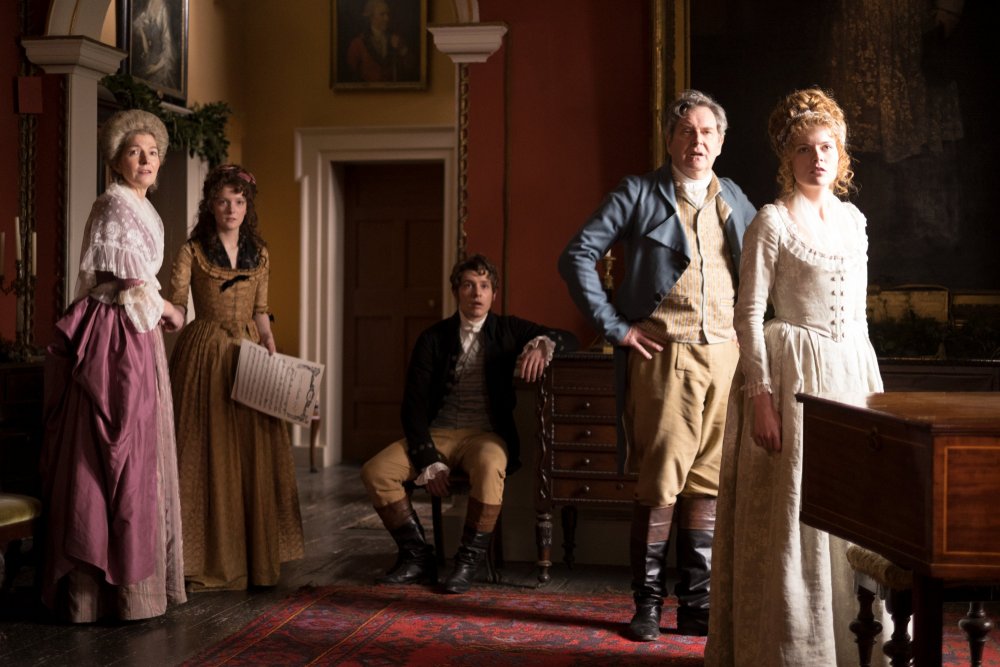
Stillman is experienced at putting unpleasant characters to the fore of his films. It takes the full running time of Love & Friendship to discover just how cunning and self-centred its protagonist is; less time to be certain how intelligent. This is made apparent early on, when Lady Susan arrives – with an impoverished companion she has made her unpaid domestic – at Churchill, home of her late husband’s brother, and is introduced to Reginald, who is staying there. He is amused by the rumours of her improprieties. So confident is he that he has the measure of his sister’s husband’s brother’s widow that he greets her with a sardonic “your renown precedes you”.
But if he assumed – as we, too, might have – that her charms were purely carnal, he was wrong. With the suddenness of a viper striking at its prey, she defuses his superciliousness, so that neither he nor we will underestimate her again. Undoubtedly, Lady Susan is beautiful, but it’s social intelligence that enables her to control others with staggering success. As such, she is very like Jane Austen, if Austen had bent her gift of perception to evildoing.
Besides this, a large part of Lady Susan’s personality is an almost pathological inability to admit wrongdoing, and a great deal of the film’s comedy arises from the mental acrobatics she is wont to perform in order to assert her rectitude.
Kate Beckinsale is effectively straight-faced in the role – menacing, narcissistic, enjoyably unlikeable – but doesn’t bend over backwards. Much of what works about her performance is inherent: the actress’s girlish, airy voice, for example, amplifies the deceptive innocence of her exterior. Furthermore, her director does her the service of having all intimacies and many of her most pivotal workings-over take place off screen. This nourishes her mystery, so that Lady Susan rears over the film, a monster of mythical size.
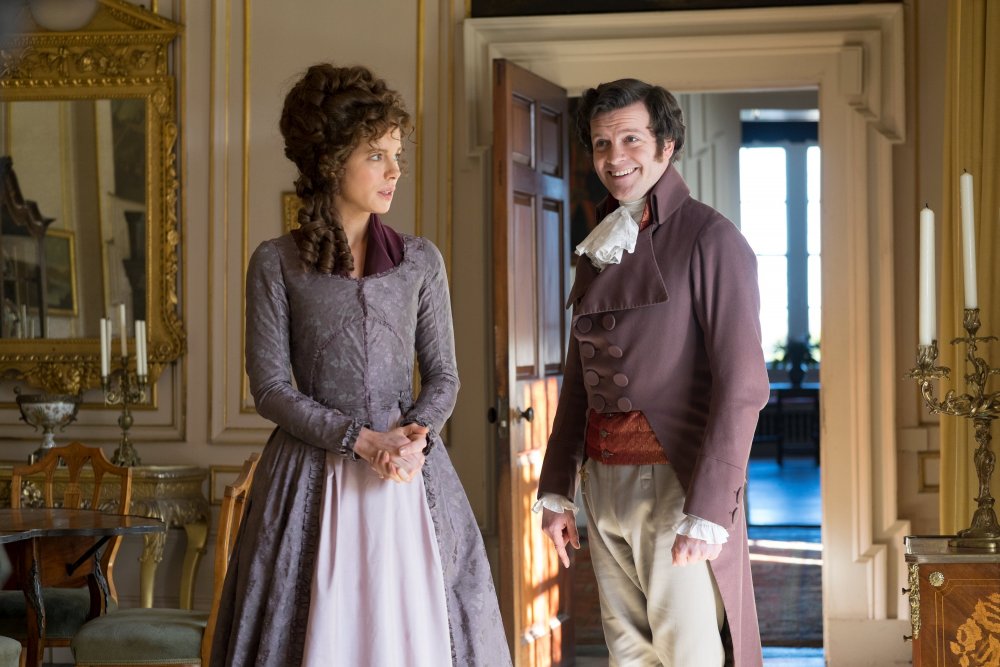
Tom Bennett, by contrast, as the idiot-suitor of Lady Susan’s daughter, quadruples the intended humour of his lines by his delivery, and Stillman gives him reams of time to do it in. The wooden bonhomie of Sir James – Bennett gives him only two attitudes, hand on hip and pointing a finger, as if Sir James has studied, in a book, the body language befitting a respectable gentleman – is as inventive and hilarious a physical performance as any I’ve seen on screen.
Stillman doesn’t have as much fun with the camera as one could wish. (One misses the silly POVs of Barcelona.) Combined with the structural principle of looping back to Alicia and the deadpan sameness of the dialogue, the lack of compositional variation makes it possible to tire of the film’s concept two-thirds of the way through. Otherwise, Love & Friendship is highly entertaining, with Austen’s text fitting Stillman’s style like a Regency-era glove.
In the June 2016 issue of Sight & Sound
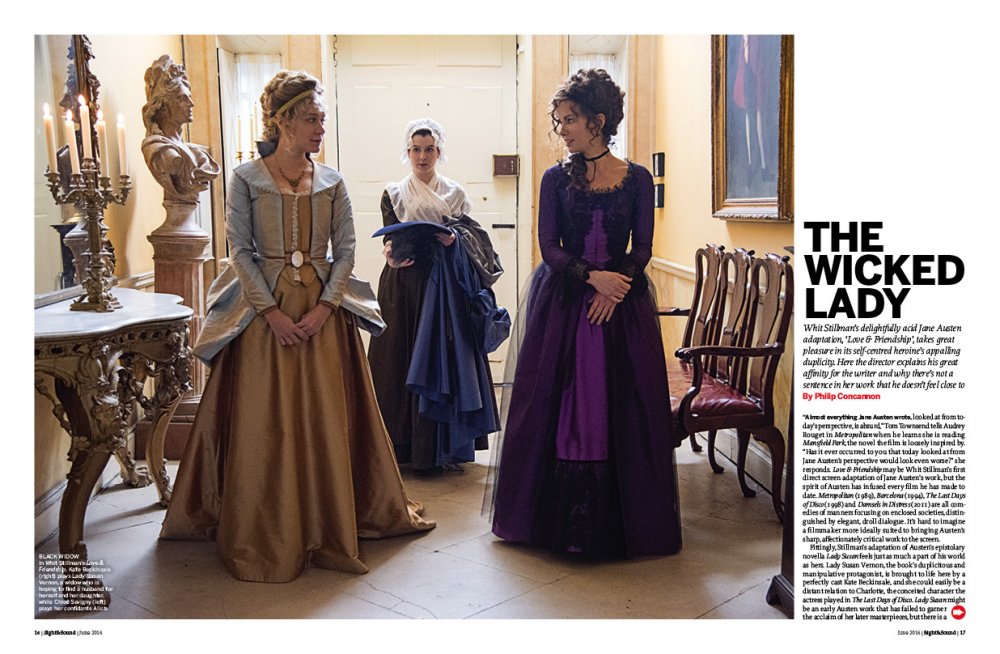
The wicked lady
Whit Stillman’s delightfully acid Jane Austen adaptation, Love & Friendship, takes great pleasure in its self-centred heroine’s appalling duplicity. Here the director explains his great affinity for the writer and why there’s not a sentence in her work that he doesn’t feel close to. By Philip Concannon.
-
Sight & Sound: the June 2016 issue
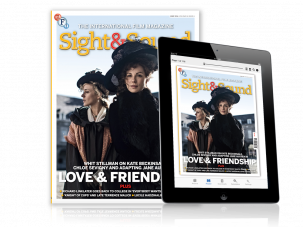
Whit Stillman on his acid-tongued Jane Austen adaptation Love & Friendship. Plus Richard Linklater’s college daze, Lucile Hadzihalilovic&...
-
The Digital Edition and Archive quick link
Log in here to your digital edition and archive subscription, take a look at the packages on offer and buy a subscription.




